Home>Gardening & Outdoor>Landscaping Ideas>What Do I Need For A Raised Garden Bed
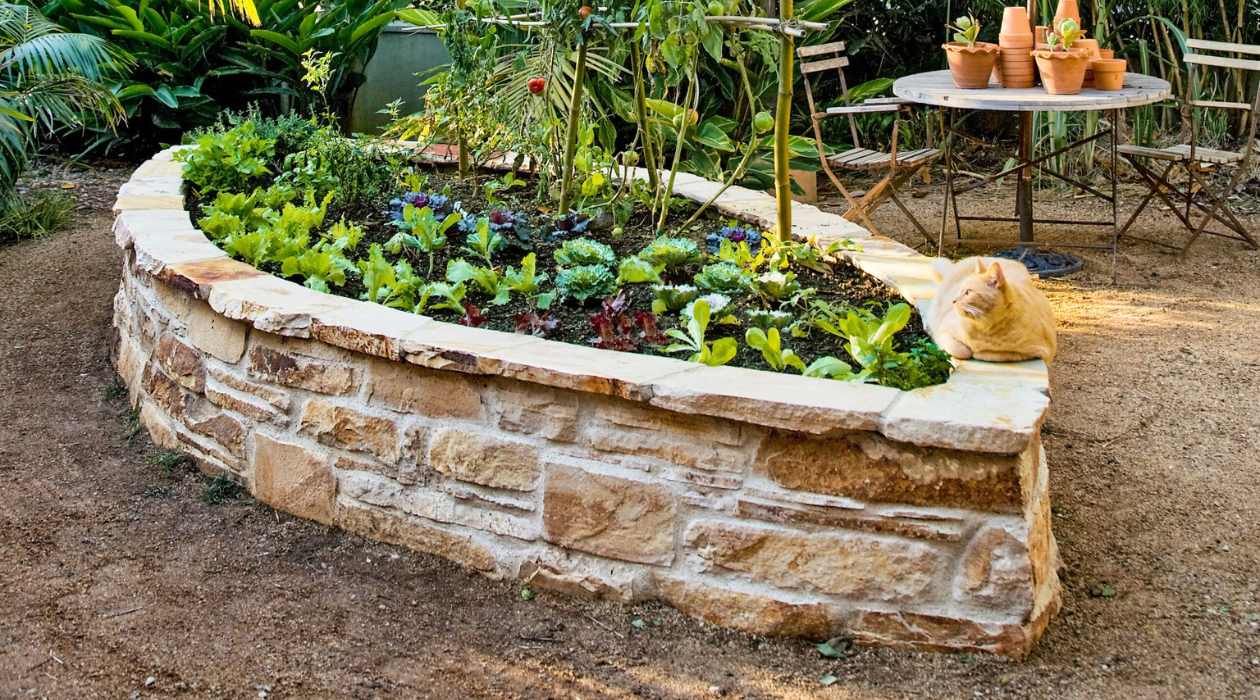

Landscaping Ideas
What Do I Need For A Raised Garden Bed
Published: February 1, 2024
Discover the essential materials and tools for creating a raised garden bed with our expert landscaping ideas. Start your gardening project today!
(Many of the links in this article redirect to a specific reviewed product. Your purchase of these products through affiliate links helps to generate commission for Storables.com, at no extra cost. Learn more)
Introduction
When it comes to creating a beautiful and functional outdoor space, a raised garden bed can be a game-changer. Whether you're a seasoned gardener or a novice with a green thumb, a raised garden bed offers a host of benefits that can elevate your gardening experience. From improved soil quality to better drainage and easier access for planting and maintenance, a raised garden bed can transform your outdoor space into a thriving oasis of color and life.
In this comprehensive guide, we will explore everything you need to know about setting up and maintaining a raised garden bed. From choosing the right location and size to selecting the best materials and soil, we'll cover all the essential elements to help you create a successful and bountiful raised garden bed. Additionally, we'll delve into the exciting world of plant selection and provide valuable insights into the maintenance required to keep your raised garden bed flourishing throughout the seasons.
Whether you're envisioning a vibrant flower garden, a bountiful vegetable patch, or a combination of both, a raised garden bed can provide the perfect canvas for your gardening aspirations. So, roll up your sleeves, grab your gardening gloves, and let's embark on a journey to discover the wonders of raised garden beds. With the right knowledge and a touch of creativity, you'll soon be on your way to cultivating a thriving and visually stunning garden that will be the envy of your neighborhood.
Key Takeaways:
- Create a thriving raised garden bed by choosing a sunny spot, using durable materials like cedar, and nurturing nutrient-rich soil. Care for your plants with regular maintenance to enjoy a vibrant and bountiful garden oasis.
- Elevate your outdoor space with a raised garden bed. Select the right location, materials, and plants to cultivate a flourishing and visually stunning garden. Regular maintenance ensures a thriving and sustainable garden space.
Read more: What Do I Put In My Raised Garden Bed
Location and Size
Choosing the right location for your raised garden bed is crucial for the success of your gardening endeavors. Look for a spot in your yard that receives ample sunlight, ideally six to eight hours per day, to ensure that your plants thrive. Additionally, consider the accessibility of the location, as you'll want to be able to easily tend to your garden bed without any obstacles in the way.
When it comes to size, the dimensions of your raised garden bed will depend on your available space and the types of plants you intend to grow. A common recommendation is to keep the width of the bed at around 3 to 4 feet, as this allows for easy access to the center from either side. The length can vary based on your available space and gardening goals. Keep in mind that taller beds can accommodate a greater depth of soil, which can be beneficial for certain plants, while shorter beds may be more suitable for smaller spaces or specific plant varieties.
Consider the layout of your garden and the surrounding landscape when determining the location and size of your raised bed. It's important to ensure that the bed is level and stable, especially if you're planning to install multiple beds in close proximity. Take into account any potential obstructions such as trees or structures that could cast shade or obstruct sunlight, as well as the proximity to water sources for convenient irrigation.
By carefully selecting the location and size of your raised garden bed, you can set the stage for a thriving and visually appealing garden space. With the right dimensions and a well-chosen spot, you'll be on your way to creating a flourishing oasis that will bring joy and beauty to your outdoor environment.
Materials
Selecting the right materials for your raised garden bed is essential for its structural integrity, longevity, and overall aesthetic appeal. The choice of materials can also impact the environmental sustainability of your garden bed. Here are some popular options to consider:
-
Wood: Cedar and redwood are favored choices for raised garden beds due to their natural resistance to rot and insects. These woods are also known for their durability, making them ideal for long-term use in outdoor settings. When selecting wood for your garden bed, be sure to choose untreated or naturally rot-resistant lumber to avoid potential chemical leaching into the soil.
-
Composite: Composite materials, such as recycled plastic or wood fibers, offer a durable and low-maintenance alternative to traditional wood. These materials are resistant to rot, insects, and weathering, making them a long-lasting option for your raised garden bed. Additionally, using composite materials aligns with sustainable practices by repurposing recycled materials.
-
Metal: Galvanized steel or aluminum are popular choices for a modern and sleek look in raised garden beds. Metal beds are durable, resistant to rot, and can withstand the elements. However, it's important to note that metal beds can conduct heat, which may impact the soil temperature, especially in sunny locations.
-
Concrete Blocks or Bricks: Stacking concrete blocks or bricks can create a sturdy and visually appealing raised garden bed. These materials provide excellent stability and can withstand the elements. Additionally, the nooks and crannies of the blocks or bricks can serve as additional planting spaces for small herbs or flowers.
-
Stone: Natural stone, such as limestone or granite, can add a timeless and elegant touch to your garden bed. While stone may require professional installation due to its weight and complexity, it offers unparalleled durability and a classic aesthetic that can enhance the overall appeal of your outdoor space.
When choosing the materials for your raised garden bed, consider factors such as durability, aesthetics, environmental impact, and long-term maintenance. Additionally, ensure that the materials align with the specific needs of the plants you intend to grow. By selecting the right materials, you can create a raised garden bed that not only enhances the beauty of your outdoor space but also provides a sustainable and functional environment for your plants to thrive.
Soil and Fertilizer
The soil in a raised garden bed plays a pivotal role in the overall health and productivity of your plants. Unlike traditional in-ground gardens, where soil quality may vary, a raised garden bed allows you to have complete control over the composition and condition of the soil. When it comes to selecting the right soil for your raised garden bed, it's essential to prioritize a well-balanced and nutrient-rich mix that promotes optimal plant growth.
Soil Composition
A successful raised garden bed begins with a high-quality soil mixture that provides essential nutrients, proper drainage, and a healthy environment for plant roots to thrive. A common and effective soil composition for raised beds includes a blend of topsoil, compost, and organic matter. This combination offers a balanced mix of nutrients, promotes good drainage, and encourages beneficial microbial activity in the soil.
Read more: What Is A Raised Garden Bed
Topsoil
Topsoil serves as the foundation of the soil mixture in a raised garden bed. It provides the base structure and texture for the soil while offering essential minerals and organic matter necessary for plant growth. When selecting topsoil, opt for a loamy mix that provides a good balance of sand, silt, and clay, ensuring proper aeration and water retention.
Compost
Incorporating compost into the soil mixture enriches it with organic matter, micronutrients, and beneficial microorganisms. Compost improves soil structure, enhances water retention, and promotes a healthy soil ecosystem. Additionally, compost contributes to the long-term fertility of the soil, providing a sustainable source of nutrients for your plants.
Organic Matter
Adding organic matter, such as well-rotted manure or leaf mold, further enhances the soil's fertility and texture. Organic matter improves soil aeration, encourages beneficial microbial activity, and contributes to the overall health of the soil ecosystem. It also aids in moisture retention and reduces the risk of soil compaction, creating an optimal environment for plant roots to establish and flourish.
Fertilizer
While a well-balanced soil mix provides a solid foundation for plant growth, supplementing with organic fertilizers can further support the nutritional needs of your plants. Organic fertilizers, such as compost tea, fish emulsion, or seaweed extract, offer a natural and sustainable way to provide essential nutrients to your garden bed. These fertilizers enrich the soil with nitrogen, phosphorus, potassium, and other trace elements, promoting robust plant growth and vibrant blooms.
By prioritizing a nutrient-rich soil mix and supplementing with organic fertilizers, you can create an ideal growing environment within your raised garden bed. This approach not only supports the immediate needs of your plants but also contributes to the long-term fertility and sustainability of your garden bed. With the right soil and fertilizer regimen, your raised garden bed will be poised for success, yielding bountiful harvests and vibrant displays of natural beauty.
Read more: What To Line A Raised Garden Bed With
Plants
Selecting the right plants for your raised garden bed is a delightful and rewarding process that allows you to unleash your creativity and showcase your personal gardening style. Whether you're envisioning a lush floral display, a thriving vegetable garden, or a harmonious blend of both, the possibilities are endless when it comes to plant selection for your raised bed. Here are some key considerations to guide you in choosing the perfect plants for your garden oasis.
Diversity and Complementarity
When planning the plant selection for your raised garden bed, aim for a diverse and complementary mix of species that offer a harmonious blend of colors, textures, and growth habits. Incorporating a variety of plants, including flowers, herbs, vegetables, and foliage, can create a visually captivating and ecologically balanced garden space. Consider the heights, bloom times, and foliage characteristics of different plants to ensure a well-rounded and visually appealing composition.
Seasonal Variability
Embrace the beauty of seasonal variability by selecting plants that offer a succession of blooms and harvests throughout the year. Incorporating a mix of annuals, perennials, and seasonal vegetables allows you to enjoy a dynamic and ever-changing garden landscape. From the vibrant hues of spring blooms to the rich harvests of summer and the warm tones of fall foliage, a thoughtfully curated selection of seasonal plants can infuse your raised garden bed with year-round beauty and vitality.
Plant Compatibility
When choosing plants for your raised bed, consider their compatibility in terms of light requirements, water needs, and growth habits. Group plants with similar environmental preferences together to ensure optimal growing conditions and efficient maintenance. Additionally, consider the potential interactions between different plant species, such as companion planting to enhance growth, deter pests, and promote overall garden health.
Read more: What Is The Benefit Of A Raised Garden Bed
Edible Delights
For those with a passion for homegrown produce, incorporating edible plants into your raised garden bed can be a rewarding and sustainable endeavor. From vibrant tomatoes and crisp lettuces to fragrant herbs and bountiful berries, the possibilities for growing your own edible delights are endless. Embrace the joy of harvesting fresh, organic produce from your own garden and savor the flavors of homegrown goodness.
Native and Beneficial Species
Consider incorporating native plants and species that attract beneficial insects, birds, and pollinators into your raised garden bed. Native plants are well-adapted to the local environment and can contribute to the ecological balance of your garden. Additionally, selecting plants that attract pollinators, such as bees and butterflies, can enhance the biodiversity of your garden while supporting essential ecosystem services.
By carefully curating a diverse and harmonious selection of plants for your raised garden bed, you can create a captivating and thriving outdoor space that reflects your unique gardening vision. Whether you're drawn to the vibrant colors of flowering perennials, the abundance of homegrown vegetables, or the tranquility of a herb garden, your raised bed can become a canvas for expressing your love of nature and horticulture. With the right plants in place, your garden bed will flourish as a living tapestry of beauty and abundance, bringing joy and inspiration to your outdoor environment.
Maintenance
Maintaining a raised garden bed is essential to ensure the ongoing health and vitality of your plants, as well as the long-term sustainability of your garden space. By implementing regular maintenance practices, you can create an environment that fosters robust plant growth, minimizes potential issues, and maximizes the visual appeal of your garden bed. Here are key aspects of maintenance to consider:
Weed Control
Regular weeding is crucial to prevent unwanted plants from competing with your chosen flora for nutrients, water, and sunlight. By diligently removing weeds, you can maintain a tidy and well-manicured garden bed while allowing your desired plants to thrive without unnecessary competition.
Read more: What To Plant In A Raised Garden Bed
Watering and Irrigation
Consistent and appropriate watering is essential for the health of your plants. Monitor the moisture levels in the soil and adjust your watering schedule based on the specific needs of the plants in your raised bed. Consider installing a drip irrigation system or soaker hoses to ensure efficient and targeted watering, especially during dry spells.
Pest and Disease Management
Keep a watchful eye for signs of pests or diseases that may affect your plants. Implement preventive measures such as companion planting, natural pest deterrents, and regular inspections to minimize the risk of infestations. If issues arise, consider organic pest control methods to address the problem while maintaining a healthy garden ecosystem.
Soil Maintenance
Periodically assess the condition of the soil in your raised garden bed. Top up the soil with compost or organic matter to replenish nutrients and maintain soil structure. Regularly aerate the soil to promote healthy root growth and prevent compaction, ensuring that your plants have access to the essential elements they need to thrive.
Pruning and Deadheading
Pruning and deadheading are essential practices to promote healthy growth and encourage continuous blooming in your garden bed. Remove spent flowers, trim back overgrown foliage, and shape the plants as needed to maintain an aesthetically pleasing and well-balanced garden space.
Read more: What To Plant In Raised Garden Beds
Seasonal Care
Adjust your maintenance routines based on the changing seasons. Prepare your garden bed for winter by clearing out debris, protecting sensitive plants, and adding a layer of mulch for insulation. In spring, rejuvenate the bed by refreshing the soil, dividing perennials, and introducing new plantings to usher in a vibrant growing season.
By incorporating these maintenance practices into your gardening routine, you can cultivate a raised garden bed that flourishes year-round, providing a captivating display of natural beauty and abundance. With dedication and care, your garden bed will serve as a source of joy and inspiration, inviting you to immerse yourself in the timeless art of gardening.
Conclusion
In conclusion, the journey of creating and nurturing a raised garden bed is a rewarding and enriching experience that offers a multitude of benefits for both gardeners and their outdoor spaces. From the initial selection of the perfect location and the careful consideration of size and materials to the nurturing of soil, plant selection, and ongoing maintenance, every aspect of cultivating a raised garden bed contributes to the creation of a vibrant and thriving garden oasis.
The process of establishing a raised garden bed begins with thoughtful planning and attention to detail. Selecting the ideal location, ensuring proper dimensions, and choosing suitable materials set the stage for a successful gardening venture. The careful curation of soil and fertilizer, along with the selection of diverse and complementary plants, allows for the creation of a flourishing and visually captivating garden space.
As the raised garden bed takes shape, the ongoing maintenance and care become essential elements in nurturing the health and vitality of the plants. From weed control and watering to pest management and seasonal care, each aspect of maintenance contributes to the long-term sustainability and beauty of the garden bed.
Ultimately, a well-crafted raised garden bed becomes a living tapestry of natural beauty, offering a sanctuary for relaxation, inspiration, and connection with the natural world. Whether adorned with vibrant flowers, bountiful vegetables, or a harmonious blend of both, the raised garden bed becomes a testament to the creativity, dedication, and love of gardening.
As the seasons unfold, the raised garden bed evolves, offering a dynamic display of colors, textures, and scents that delight the senses and nourish the soul. It becomes a place of respite and rejuvenation, where the simple act of tending to the plants brings joy and fulfillment.
In conclusion, the journey of creating and nurturing a raised garden bed is a testament to the transformative power of gardening. It is a journey of creativity, patience, and connection with nature, culminating in the creation of a living masterpiece that enriches the outdoor environment and the lives of those who tend to it. With the right knowledge, care, and passion, a raised garden bed becomes a living testament to the beauty and abundance that nature graciously bestows upon us.
Frequently Asked Questions about What Do I Need For A Raised Garden Bed
Was this page helpful?
At Storables.com, we guarantee accurate and reliable information. Our content, validated by Expert Board Contributors, is crafted following stringent Editorial Policies. We're committed to providing you with well-researched, expert-backed insights for all your informational needs.
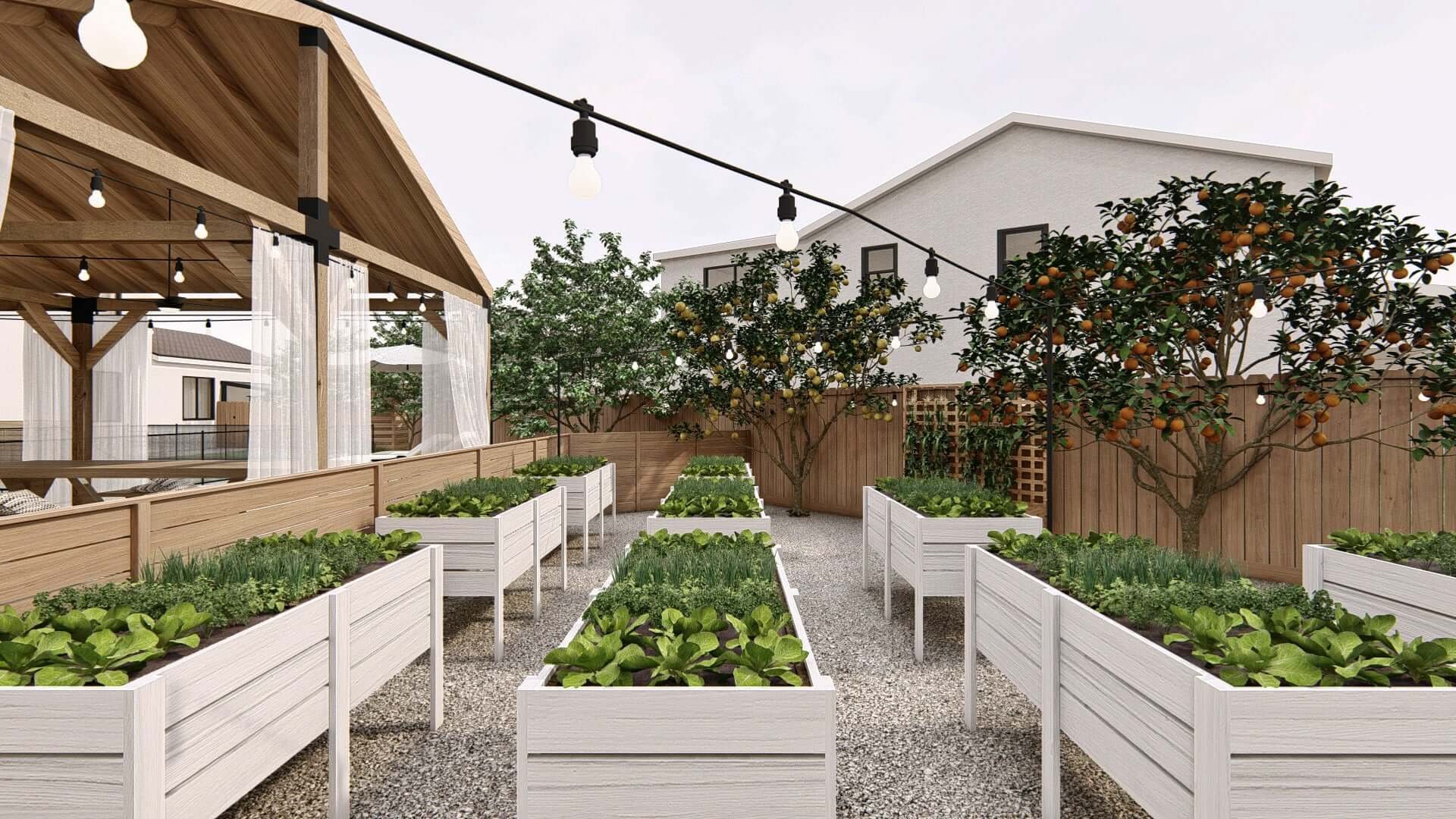
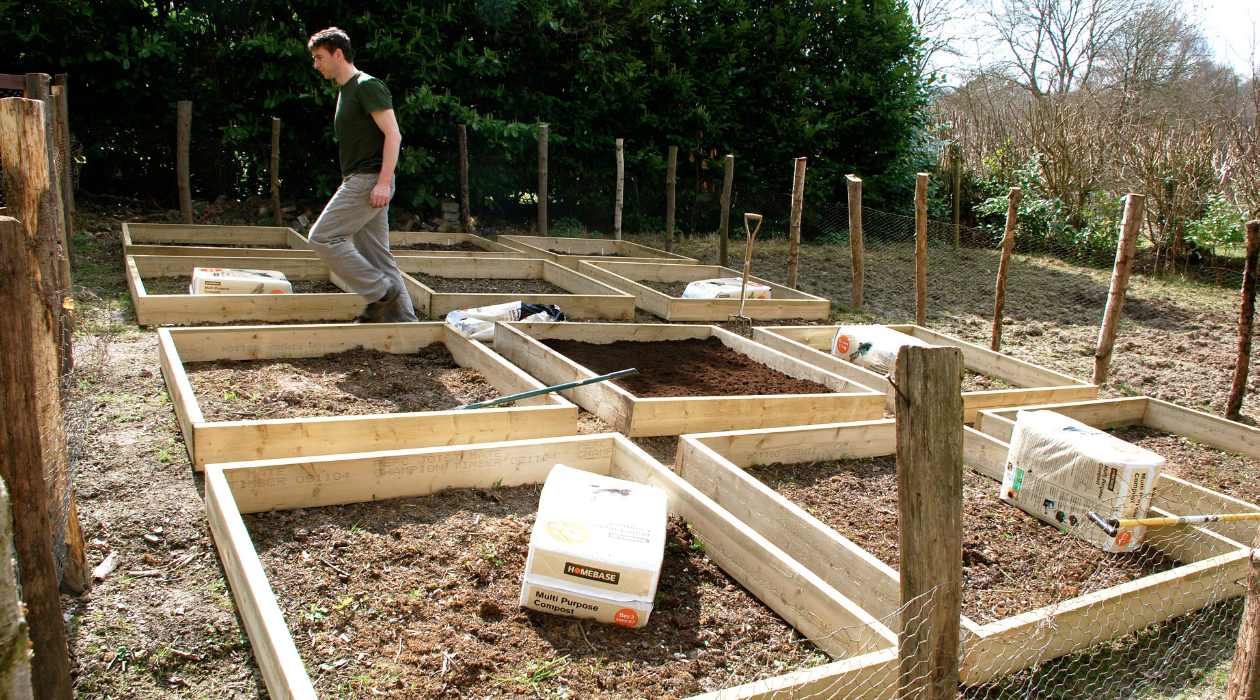
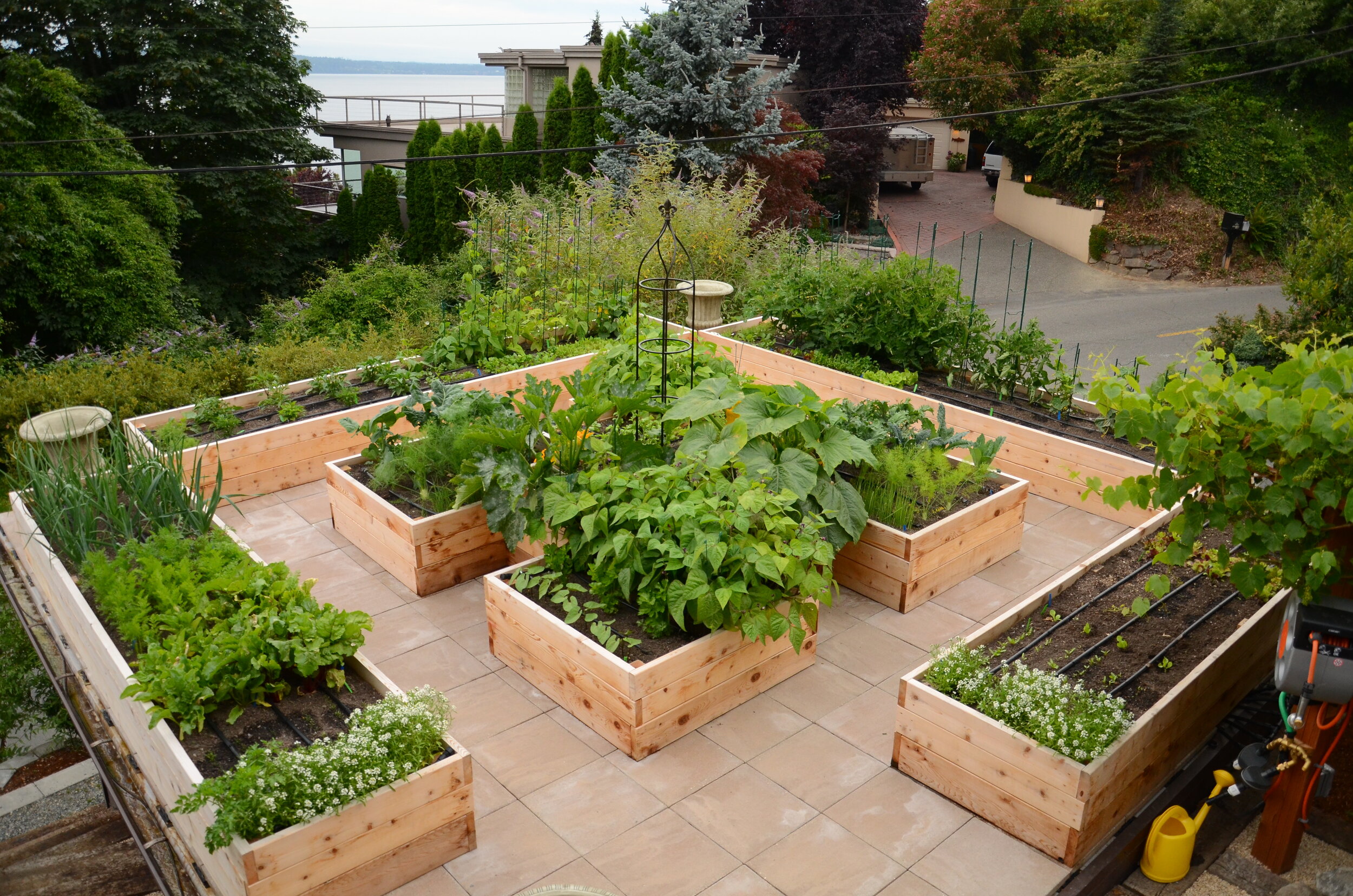
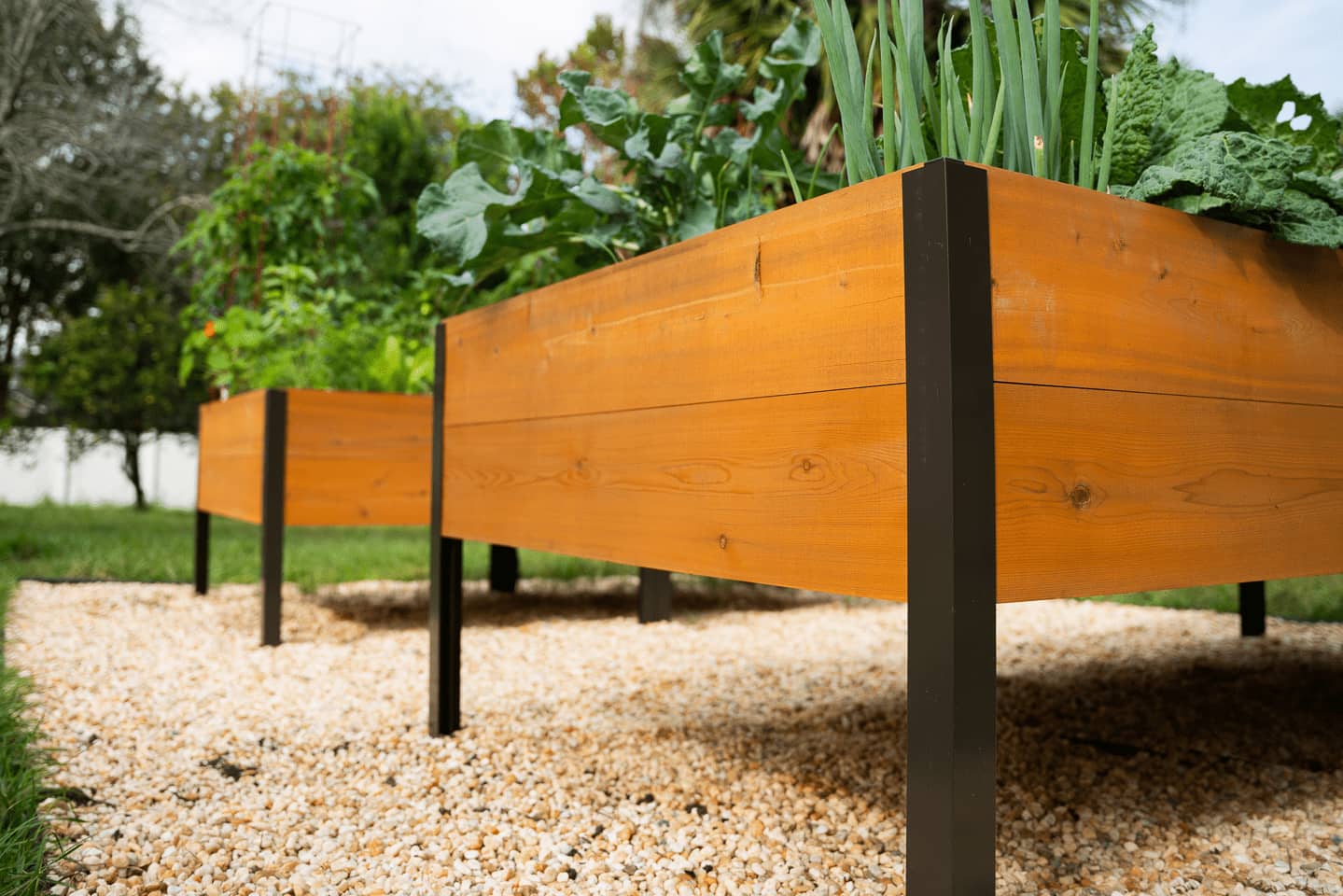
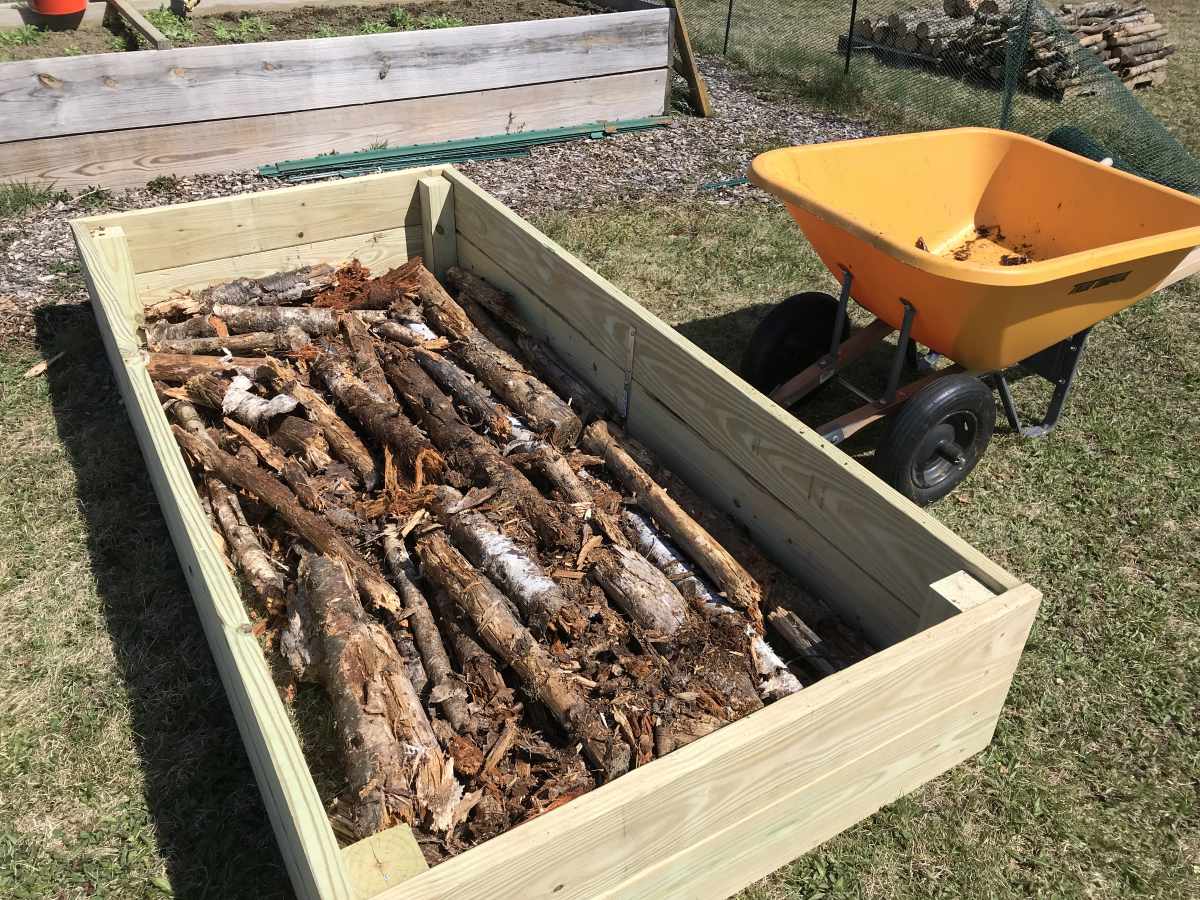
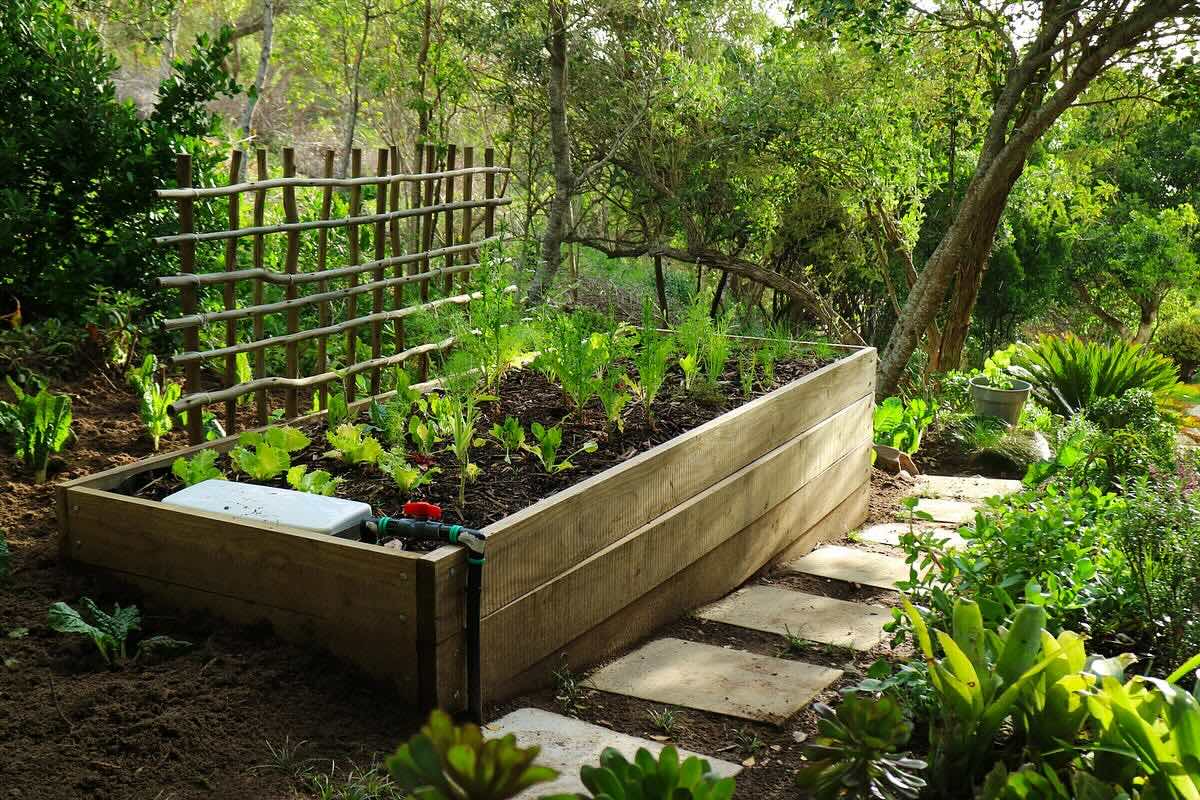
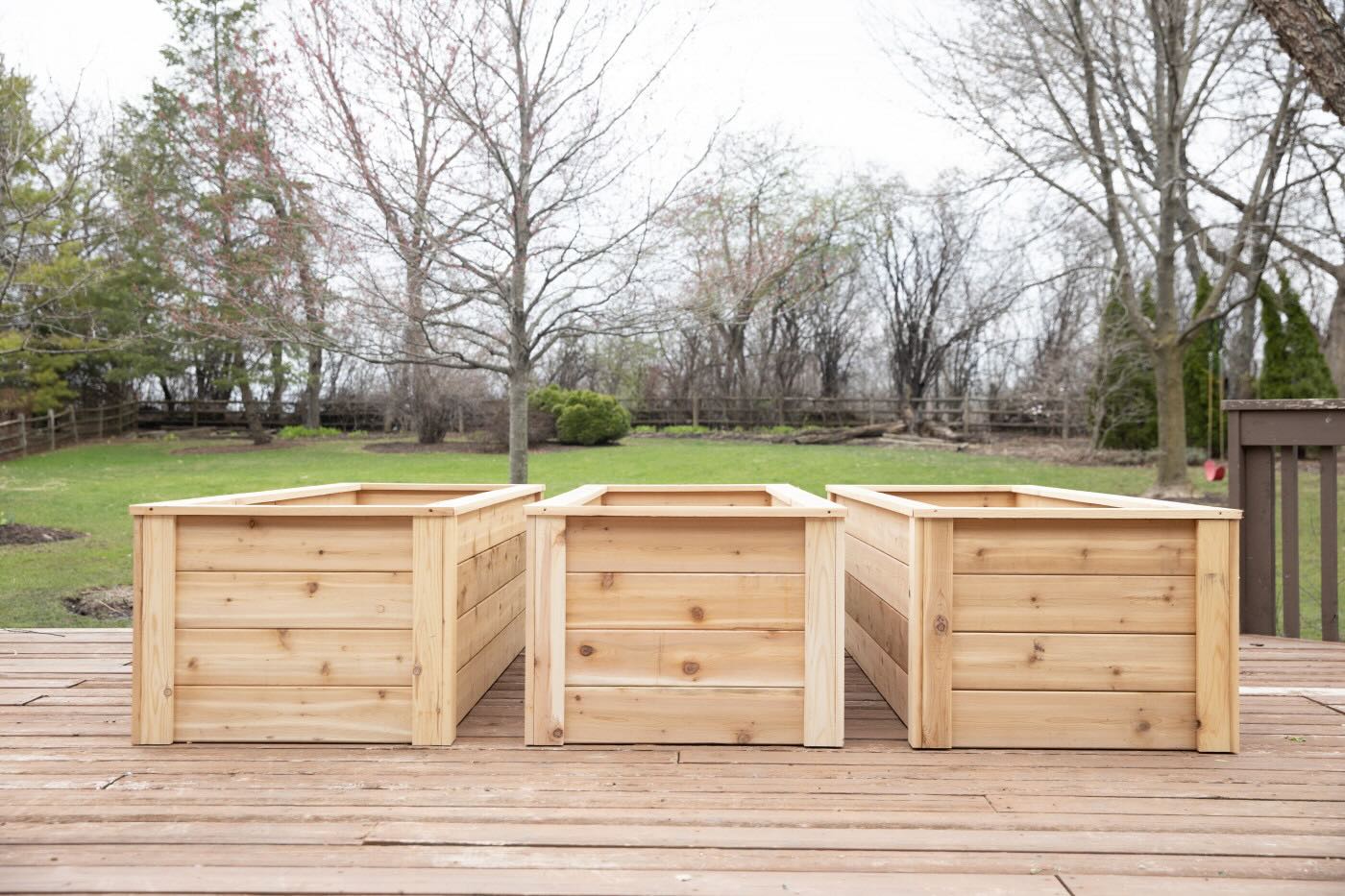
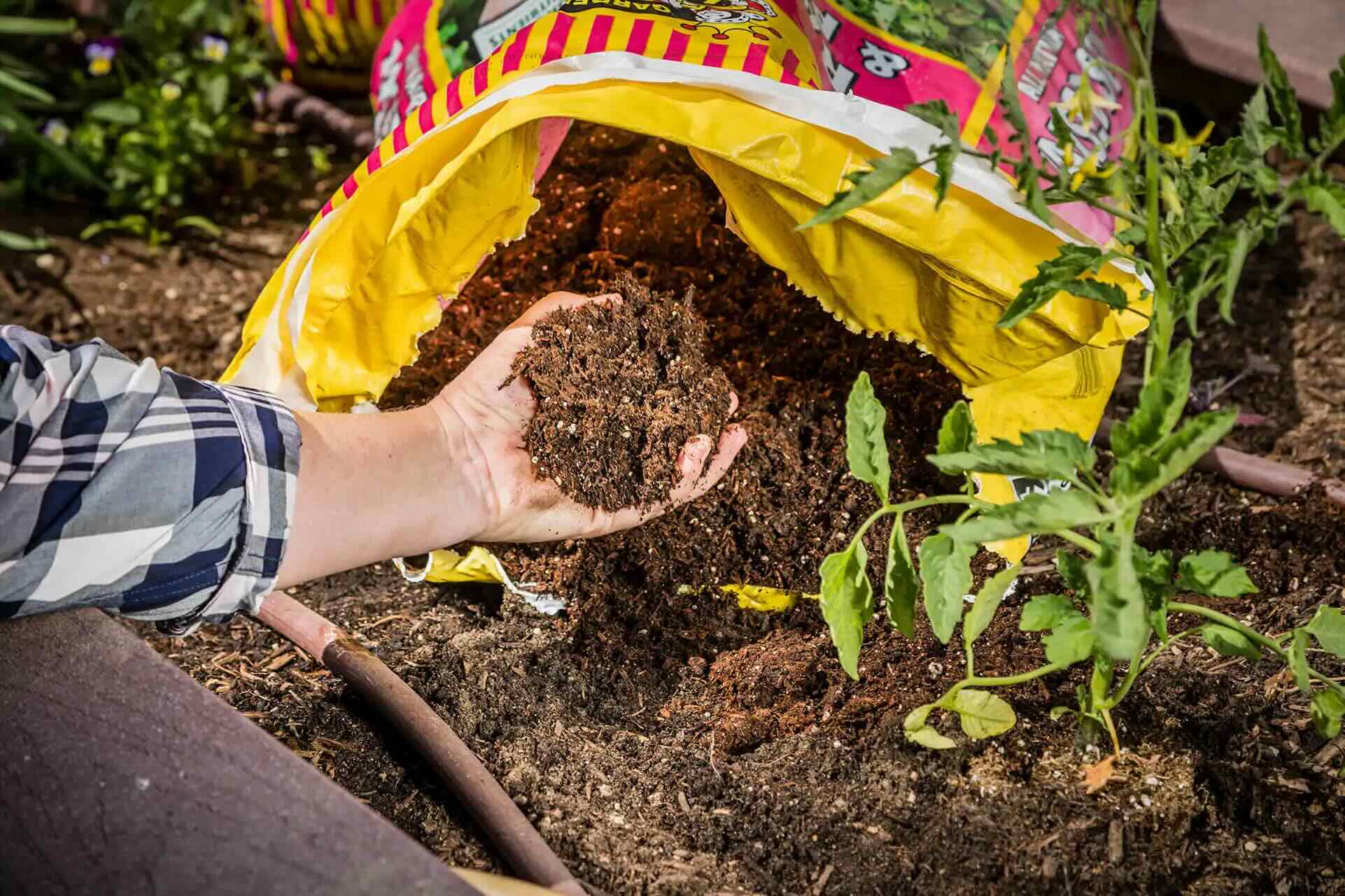
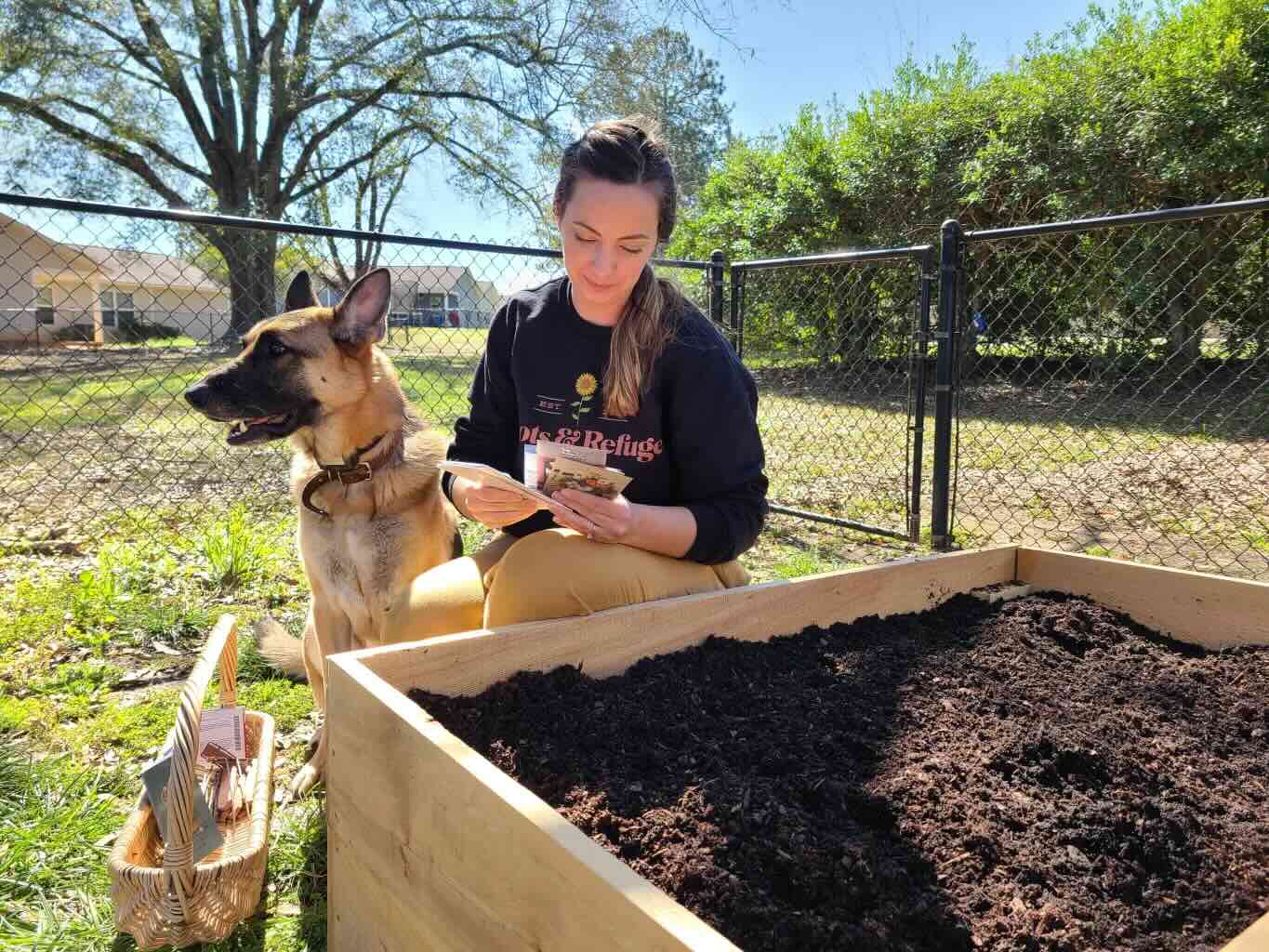
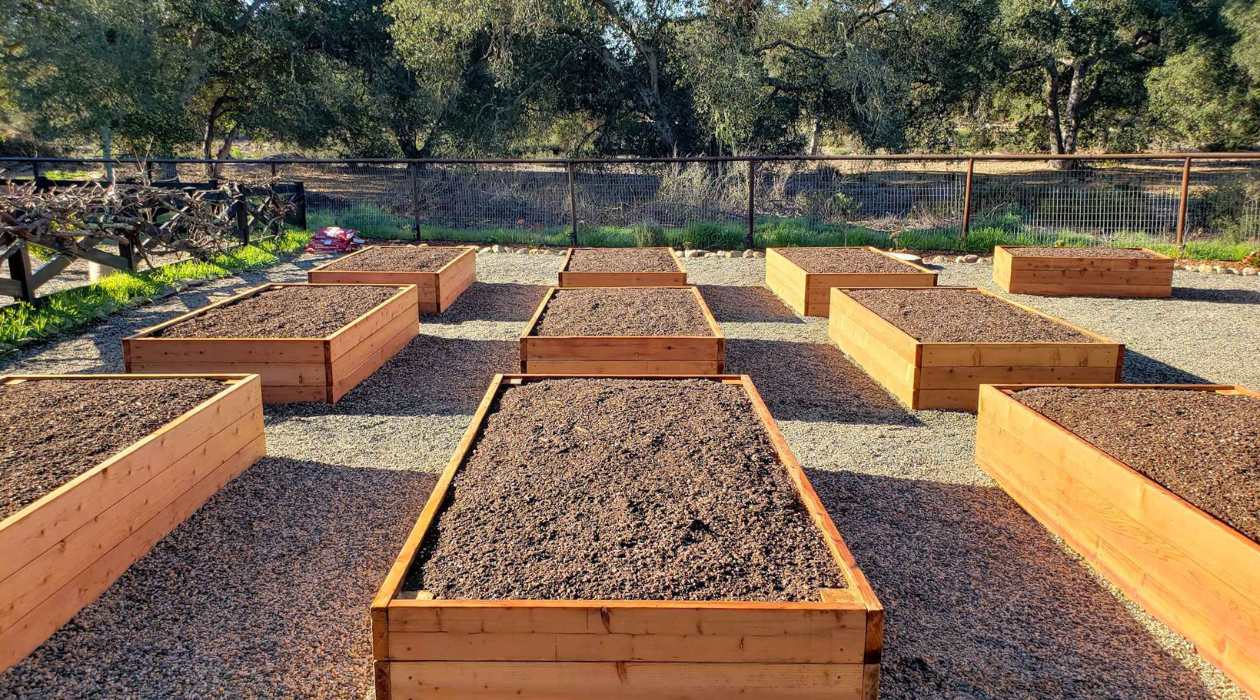

0 thoughts on “What Do I Need For A Raised Garden Bed”